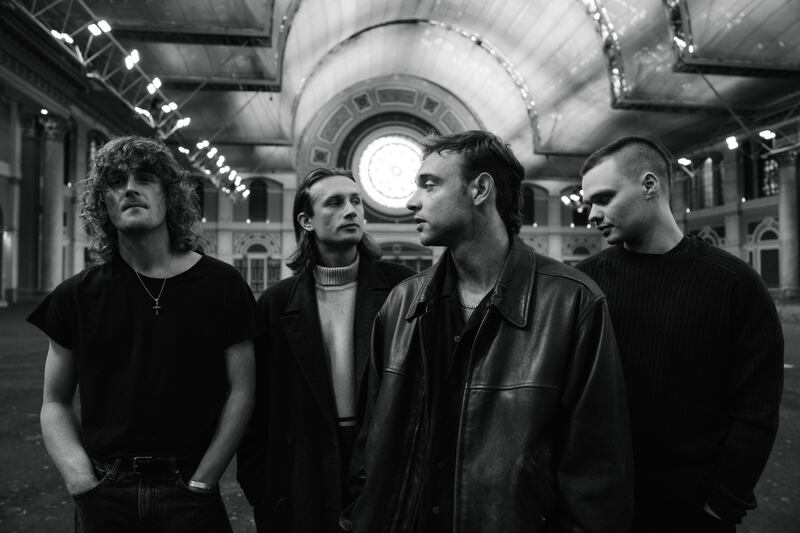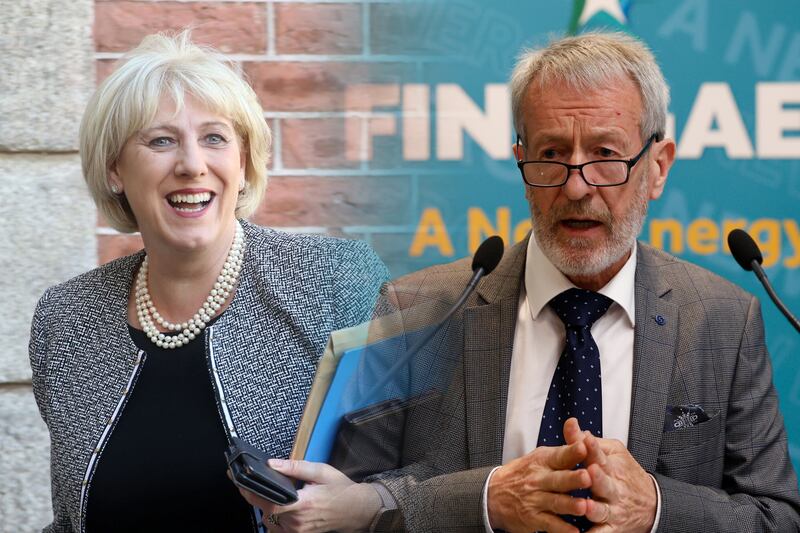Sinking through the screen into the new five-part drama Chernobyl feels like drifting to the bottom of a pool left stagnant for decades, to a twilight world of murky greys and greens in which the natural order of things is tilted eerily off-kilter.
This is a return to the Soviet Union at a time when the cold war was yet to thaw, the Communist Party was still officially infallible and a US missile strike was more feared than the "peaceful atom" of nuclear energy.
Shortly after 1am on April 26th 1986, a chain reaction began at Chernobyl power station that would not only cause the world’s worst nuclear accident, but also reveal the rotten core of Soviet rule and the best and worst in the country’s people.
Night-shift workers at the plant, which is surrounded by forest and marshland about 130km north of Kiev, were conducting an experiment to determine how a power cut would affect the cooling system in reactor number four.
The test went quickly and disastrously wrong, critical safety systems failed and a huge, uncontrolled power surge caused explosions that ripped open the reactor and hurled its 2,000-tonne protective “lid” through the roof of the building.
The men's skin blisters and they vomit uncontrollably as radiation sickness takes hold
The official cover-up began alongside the emergency response: as firemen fought through the night to control the blaze, suffering massive radiation exposure; and the KGB started blocking phone calls between the plant and the rest of the Soviet Union and censoring telegrams sent from the nearby workers' town of Pripyat.
In the Sky-HBO miniseries that starts next Tuesday, expertise and evidence are crushed by dogma and bureaucracy; engineers are told the reactor core could not have exploded because that was deemed impossible in this type of Soviet facility. Officials, meanwhile, take heart from initial radiation readings that are not catastrophic, while ignoring the uncomfortable fact that the staff's feeble dosimeters simply cannot go any higher.
State media and Soviet officials led by Mikhail Gorbachev maintained a national information blackout on the accident until April 28th, when Sweden raised the alarm about a radiation cloud billowing westward over northern Europe.
Pripyat, just 3km from Chernobyl, was not evacuated until 36 hours after the disaster, and its 50,000 residents were told to take only a few clothes, vital documents and a little money and food, because they would return home in a matter of days. Thirty-three years later, it remains a ghost town surrounded by a 30km exclusion zone that is still considered too dangerous for human habitation.
In Chernobyl, workers grope like submariners through the bowels of the stricken power plant to open sluices and re-start pumps, as the atomic giant clanks and groans in its death throes and hurls out an invisible storm of radionuclides. The men’s skin blisters and they vomit uncontrollably as radiation sickness takes hold.
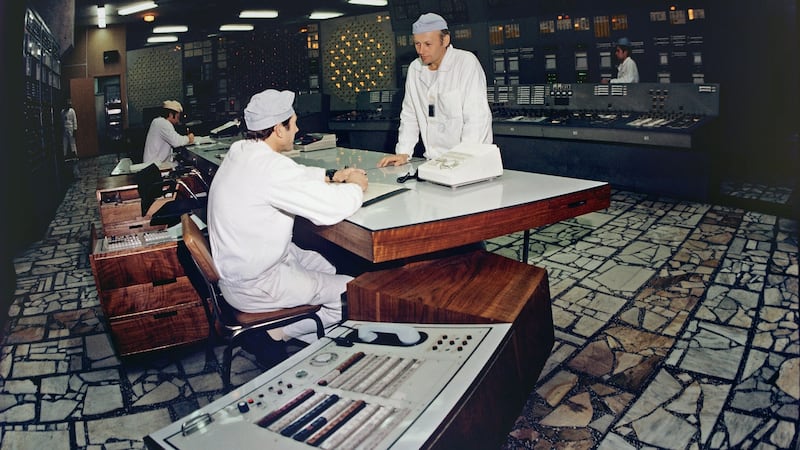
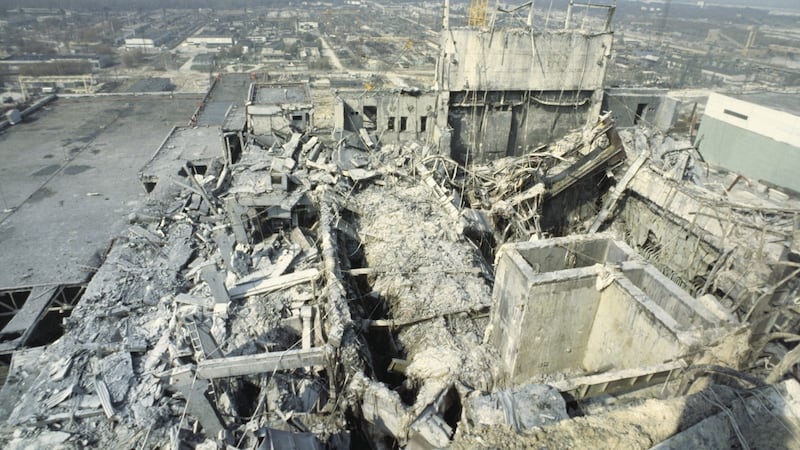
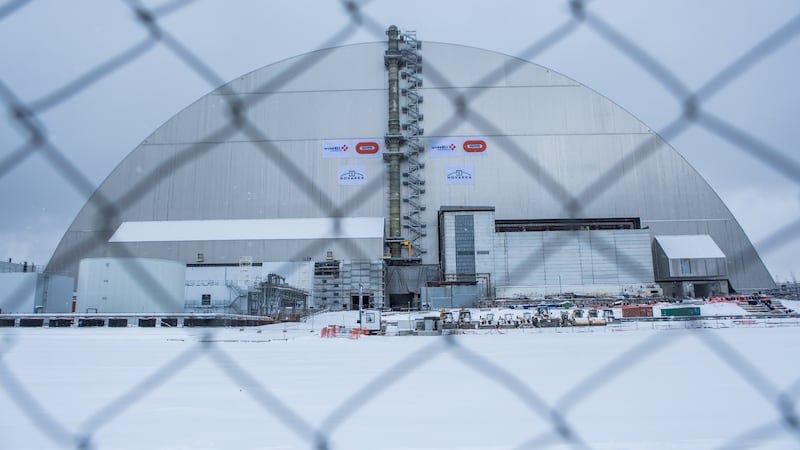
From her kitchen window in Pripyat, Lyudmilla Ignatenko – played by Irish actor Jessie Buckley – watches the unearthly glow of the blaze as her husband Vasily races out to tackle it with his fellow firemen. In the official silence, they had no idea what they were really facing and no equipment that could shield them from its unseen dangers.
Vasily was one of 31 plant workers and firemen who died in the explosion or immediate aftermath of the disaster, most from the hideous affects of radiation.
It took him a fortnight to die in a Moscow hospital, surrounded by medical staff who were increasingly terrified of his plight and what it might mean for them.
Lyudmilla recounted the ordeal to Nobel laureate Svetlana Alexievich for her extraordinary 1997 oral history of the disaster, Voices from Chernobyl.
One thin little sheet on top of my husband. I changed that little sheet every day, and every evening it was covered in blood. I pick him up, and there are pieces of his skin on my hand
“One thin little sheet on top of him. I changed that little sheet every day, and every day by evening it was covered in blood. I pick him up, and there are pieces of his skin on my hand, they stick to my hands,” Lyudmilla said.
“Any little wrinkle, that was already a wound on him. I clipped my nails down till they bled, so I wouldn’t accidentally cut him. None of the nurses could approach him; if they needed anything they’d call me.”
Lyudmilla was 23 years old and pregnant when Chernobyl exploded.
Two months later, as she visited Vasily’s grave in Moscow, she went into labour. Their daughter, whom Vasily had wanted to call Natashenka, died of heart and liver problems a few hours after birth, and her ashes were buried with her father.
“Why are these things together – love and death,” Lyudmilla said to Alexievich. “Who’s going to explain this to me?”
As Ignatenko lay dying in Moscow, more than 200,000 workers were being sent to Chernobyl to mount a mind-boggling clean-up operation.
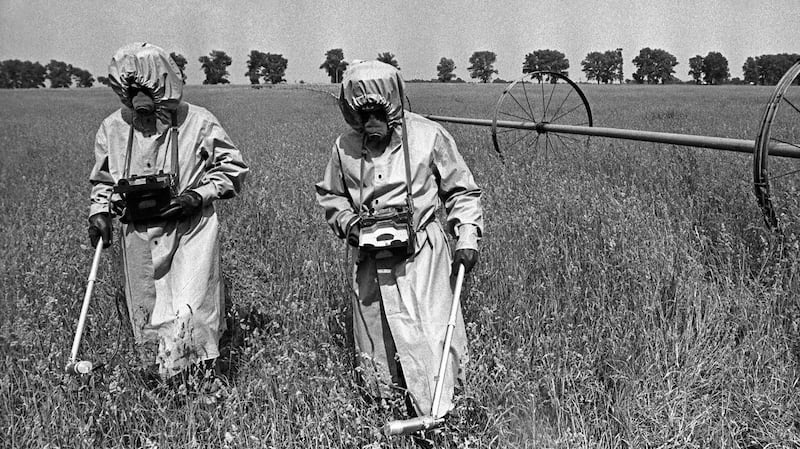
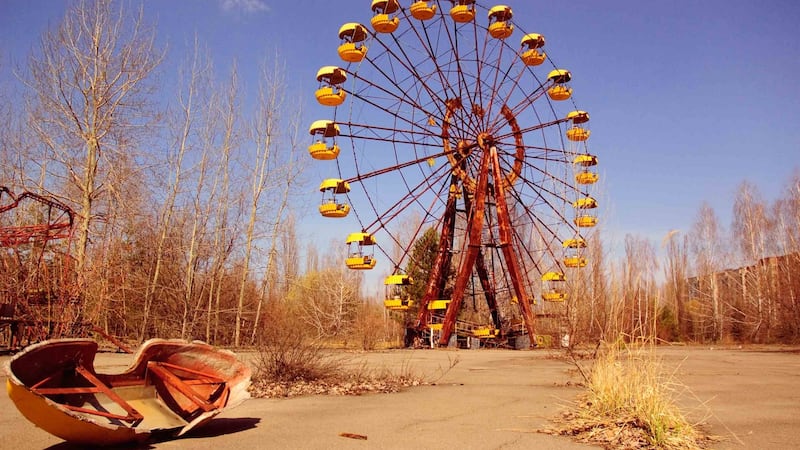
Acres of topsoil and trees were removed and buried as radioactive waste; countless livestock and pets were destroyed; Pripyat was chemically washed to remove poisonous dust; and several villages were simply bulldozed and interred, along with hundreds of contaminated cars, trucks, military vehicles and helicopters.
“Your mind would turn over. The order of things was shaken,” one of the so-called “liquidators” of the disaster’s aftermath told Alexievich.
“A woman would milk her cow, and next to her there’d be a soldier to make sure that when she was done milking, she poured the milk out on the ground. An old woman carried a basket of eggs, and next to her there’s a soldier to make sure she buries them. The farmers were raising their precious potatoes, harvesting them very quietly, but in fact they had to be buried.”
The meltdown released 400 times more radiation than the atomic bomb that the United States dropped on Hiroshima in 1945, and fallout contaminated over 100,000 sq km of territory, with Ukraine, Belarus and Russia the worst affected.
The death toll from the disaster is still strongly disputed, however.
As well as the 31 people who perished during or shortly after the accident, 18 other first-responders are believed to have died of radiation-related conditions in subsequent years.
A 2005 United Nations report found that about 1.1 per cent of the 200,000 liquidators were likely to die from the long-term effects of radiation exposure, and a total of some 4,000 additional cancer deaths could occur among people exposed to raised radiation levels caused by the blast.

The team of international experts also said about 4,000 children at the time of the accident had developed rare thyroid cancer as a result – about nine of these had died of the disease.
By contrast, Greenpeace has predicted that Chernobyl could cause 270,000 cancer cases, 93,000 of them fatal, and that other illnesses related to the disaster could take the death toll to 200,000.
Differences in methodology and scope make it hard to compare studies, and in most cases it is impossible to attribute a specific cancer to historical exposure to a radioactive atom while ruling out all other health, lifestyle and genetic factors.
What is clear from the stories collected by Alexievich and now dramatised in Chernobyl is that the liquidators risked everything to contain the impact of the disaster, while their politicians worked to hide it from Soviet citizens and the world.
"In telling the story of Chernobyl, I wanted to show everyone the incredible spirit and courage and will of the people. Out of duty, honour, and loyalty to their loved ones, their neighbours, and their homeland, they threw themselves at an open nuclear reactor," said Craig Mazin, writer and executive producer of the new drama.
“They came face-to-face with it, they flew above it, they swam below it, they tunnelled into it, many gave their lives to it. And in doing so, saved the lives of countless others.”
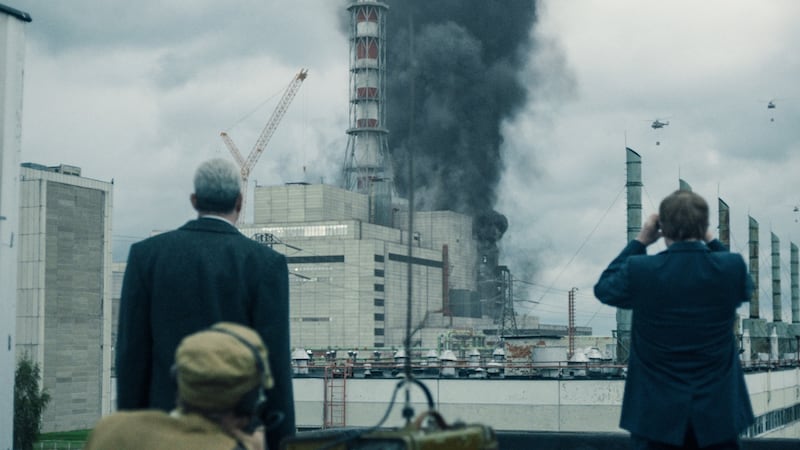
The area around the plant may be contaminated for centuries, but reactor four is now encased in a vast €1.5 billion steel hangar, thousands of tourists make day trips to the exclusion zone each year and animals including wolves and elk are thriving in the absence of humans – except for about 175 “self-settlers” who defy the ban on living there.
For Mazin, “the lesson of Chernobyl isn’t that modern nuclear power is dangerous. The lesson is that lying, arrogance and suppression of criticism is dangerous. The flaws that led to Chernobyl are the same flaws shown by climate change deniers today.”
Fake news and disinformation were scrambling brains long before the rise of Donald Trump, Vladimir Putin or social media, as the words of Valery Legasov, a Soviet scientist played by Jared Harris, make clear in the opening scene of Chernobyl.
“What is the cost of lies?” he wonders, as he sits at the kitchen table and peers through the gloom at his memories of the disaster and his own bleak future.
“It’s not that we’ll mistake them for the truth. The real danger is that if we hear enough lies then we no longer recognise the truth at all. What can we do then?”
Chernobyl is on Sky Atlantic on Tuesday, May 7th
















